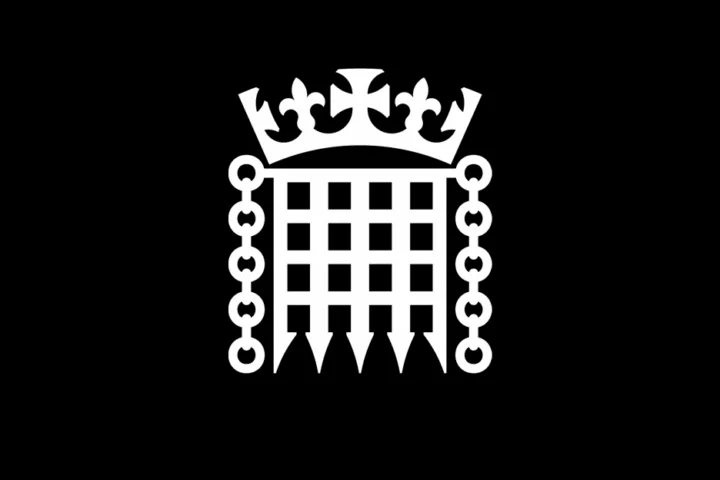Establishing key themes for the Suburban Taskforce
The Suburban Taskforce, which comprises politicians from both Houses of Parliament, was established this year to review evidence of the state of Britain’s suburbs and make recommendations to the Government on policy initiatives to enhance them. With the “Call for Evidence” having closed in October, the APPG for London’s Planning and Built Environment hosted a public meeting on 10 December, to present and discuss the Taskforce’s emerging themes. The Taskforce is co-chaired by Dr Rupa Huq MP and David Simmons MP, assisted by UCL as Knowledge Partner and with an expert Advisory Board chaired by Rockwell’s Board Director and Head of Planning and Development, Jonathan Manns.
Welcoming attendees to the session, Dr Rupa Huq MP highlighted the importance of the Taskforce’s work, making clear her hope that the suburbs will “become resilient and sustainable in the 21st century, as we continue our work to help chart a course towards a suburban renaissance across the country.” Jon then went on to explain the work of the Taskforce to-date and set out the current position, stating that “There has been a broad response from members of the general public, built environment professionals and local authorities amongst others. We now look forward to building and analysing our evidence to gain a clearer understanding of how the Taskforce can provide meaningful direction to the Government to ensure suburban areas, and their populations, are not overlooked or neglected but can instead thrive and improve.”
Key themes emerging from the work of the Taskforce so far are those of anomie vs vibrancy and homogeneity vs diversity, capturing a sense of the changing nature of suburban experience. Of those who responded to the “Call for Evidence”, it was noted that many raised similar concerns about the housing market, place-based experience and environment. The initial quantitative data, much have which has been obtained in partnership with the Estates Gazette, suggests that outer London is significantly more residential in nature than inner London, with an impact on the provision of and demand for social and physical infrastructure.
There is, for example, an inverse relationship between the provision of pubs and GP surgeries between inner and outer London, with more pubs in inner London and more surgeries in outer London. It was also flagged that there could be more than one suburban character, with different building morphologies and distributions of local services between areas. Likewise, there appears to be is an appetite for engagement with both the detailed and strategic side of development plan-making. The elephant in the room was that growth pressures come from the burden of concentrating development in London and the wider South East of England; a matter firmly aligned with the Government’s current ‘levelling-up’ agenda.
In concluding the session, Dr Rupa Huq MP commented that “This bodes very well for the future outcomes of the research, which will continue in earnest now into the new year with engagement from myself and other colleagues on the Taskforce. We look forward to building a more detailed picture of our suburbs today and helping to shine a spotlight on key issues deserving of the Government’s attention.”
The Suburban Taskforce have our utmost support as they now continue to review and build-up the evidence with a view to further examining the drivers behind these key trends and also exploring the implications of Covid-19 pandemic. More information is available on the Suburban Taskforce website.
